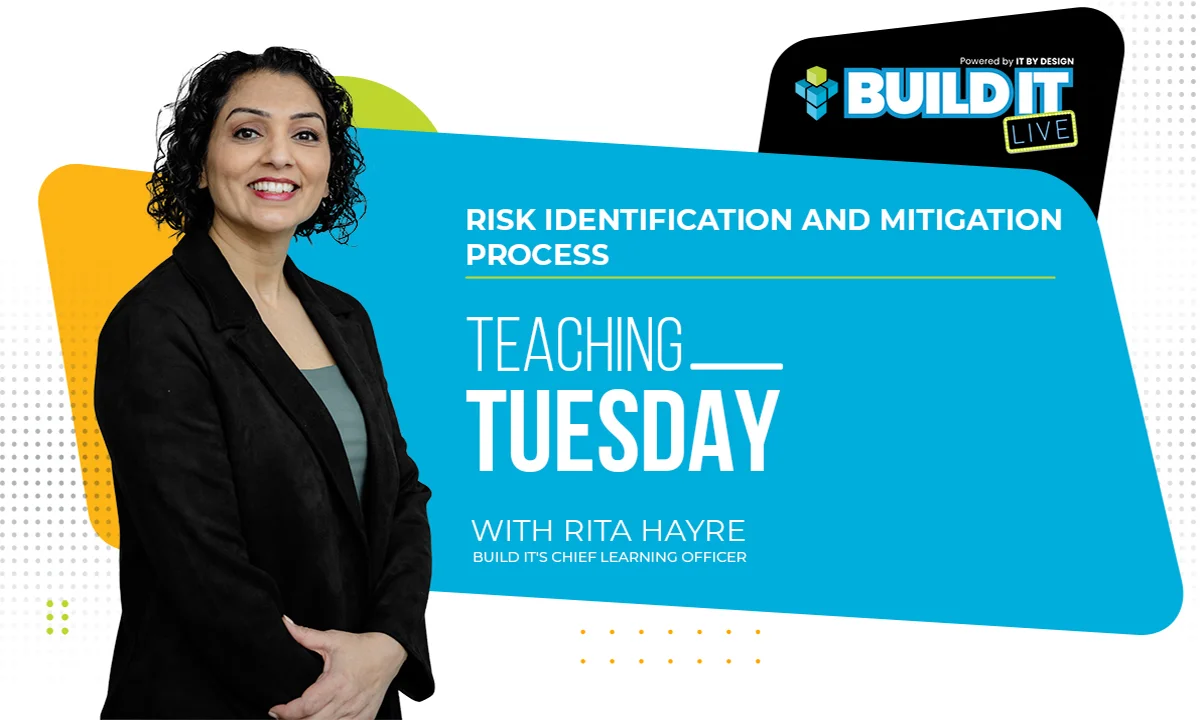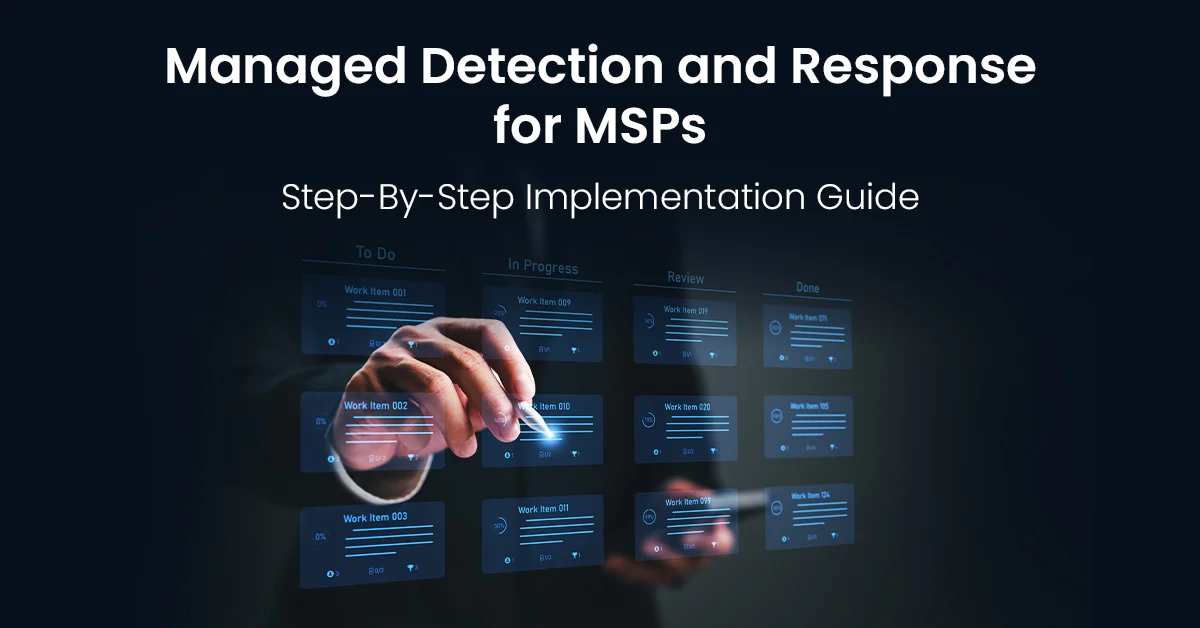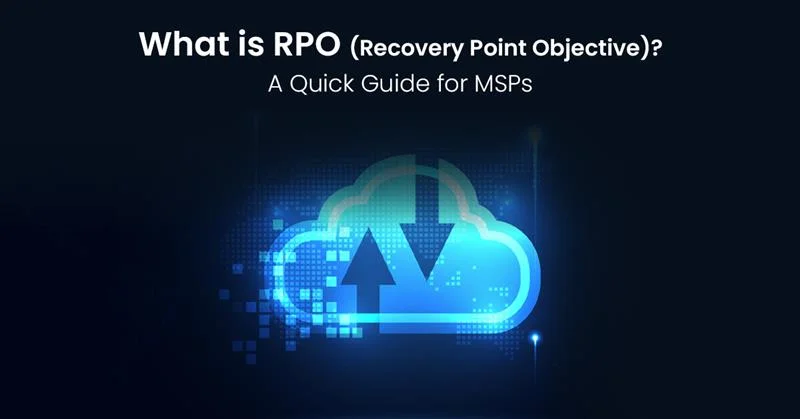Do you regularly identify the risks for your projects and plans? I find that many people (myself included), don’t actually go through a robust risk identification / mitigation process – which puts our success at risk. Every time I fail to do this, and it comes back to haunt me, I am reminded of that old adage: an ounce of prevention is worth a pound of cure.
What is a risk?
A risk is anything that can negatively impact the execution of your project. When looking at a risk, it’s important to identify two things:
What is the likelihood of this risk actually occurring?
- Rare
- Unlikely
- Possible
- Likely
- Almost Certain
What is the severity of the consequences if this risk actually occurred?
- Negligible
- Minor
- Moderate
- Major
- Extreme
What is the difference between a risk and issue?
This is a really important distinction. While a risk has not actually occurred – it has the potential to occur. An issue is something that has already occurred and is currently having an impact on the project / plan.
What are assumptions?
When we develop a project or plan, we must make certain assumptions. We make assumptions about everything. We assume that we will have the necessary resources for our project / plan. We assume that we will have the funding approved for our project / plan. We assume that the organization will continue to support the direction of project / plan. You get the idea.
Ideally, prior to execution of our project / plan, we should identify any potential risks to our success. A great place to start is by identifying your assumptions, and what would happen if that assumption was no longer true.
What happens if we don’t have the necessary resources for our project / plan? What happens if we don’t get the funding that was previously approved for our project / plan? What happens if the organization decides to move in a ‘new’ direction and no longer supports the direction of the project / plan?
What is a mitigation strategy?
A mitigation strategy is the development of a plan to address a risk if it actually occurs. The goal of a mitigation strategy is to either decrease the likelihood of the risk actually occurring and / or to decrease the severity of the consequences that result if the risk does occur.
By doing this ahead of time, reasoned and well thought out plans can be identified, rather than trying to put out fire once the risk actually occurs and becomes an issue. An added benefit of completing this exercise prior to implementing your project / plan, is that it can help you to identify things that you can do earlier in the project to hopefully prevent the risks from actualizing.








